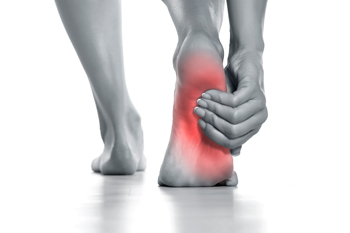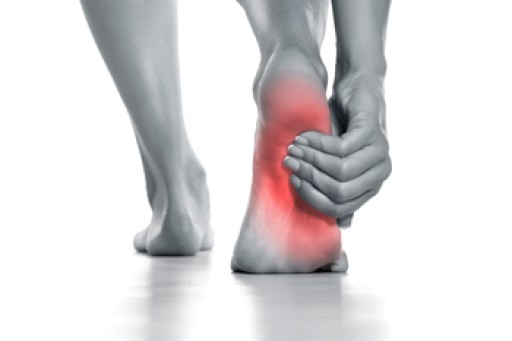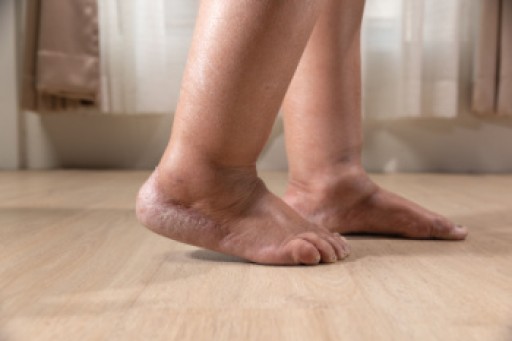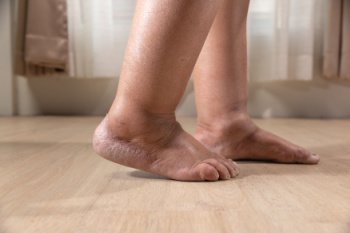
Feet endure constant pressure throughout the day, leading to soreness and fatigue. Wearing the right shoes with proper support and cushioning helps reduce strain and prevents discomfort. Shoes that fit well and provide arch support can make a significant difference in foot health. Walking barefoot on hard surfaces can increase stress on the feet, so wearing supportive footwear indoors can help maintain comfort. Stretching regularly keeps the muscles flexible and reduces tension, especially after long periods of standing or walking. Foot exercises, such as toe curls and ankle rotations, strengthen the muscles and improve circulation. If your feet are frequently fatigued, it is suggested that you consult a podiatrist who can offer you additional effective methods to relieve tired feet.
Foot Pain
Foot pain can be extremely painful and debilitating. If you have a foot pain, consult with one of our podiatrists from Carolina Foot & Ankle Specialists. Our doctors will assess your condition and provide you with quality foot and ankle treatment.
Causes
Foot pain is a very broad condition that could be caused by one or more ailments. The most common include:
- Bunions
- Hammertoes
- Plantar Fasciitis
- Bone Spurs
- Corns
- Tarsal Tunnel Syndrome
- Ingrown Toenails
- Arthritis (such as Gout, Rheumatoid, and Osteoarthritis)
- Flat Feet
- Injury (from stress fractures, broken toe, foot, ankle, Achilles tendon ruptures, and sprains)
- And more
Diagnosis
To figure out the cause of foot pain, podiatrists utilize several different methods. This can range from simple visual inspections and sensation tests to X-rays and MRI scans. Prior medical history, family medical history, and any recent physical traumatic events will all be taken into consideration for a proper diagnosis.
Treatment
Treatment depends upon the cause of the foot pain. Whether it is resting, staying off the foot, or having surgery; podiatrists have a number of treatment options available for foot pain.
If you have any questions, please feel free to contact our offices located in Mount Pleasant and Charleston, SC . We offer the newest diagnostic and treatment technologies for all your foot care needs.












